...When we started exploring nightime venues and London walks!
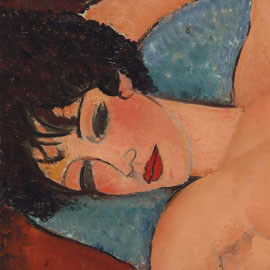
Paris in the early 20th century was the place for a young avant garde artist to make their name. It was the city where Amedeo Modigliani (1884–1920) produced some of the most memorable art of the early twentieth century. before his career was cut tragically short. His portraits of friends, including that of Chaim Soutine (1893-1943), testify to a life rich in experimentation.
In this evening event at the Sanctum Hotel in Soho, author and art historian Patrick Bade helped us understand this most exciting period of Paris Modernism with seldom-seen photographs and engaging 'gossip' to enrich our understanding of the work of these two artists.

The bling galleries in Mayfair are only one slice of the thriving London gallery scene. Art historian Ali Cohen took us on a morning gallery crawl of the London's newest art hub and gallery staff showed us key pieces from the art on show.
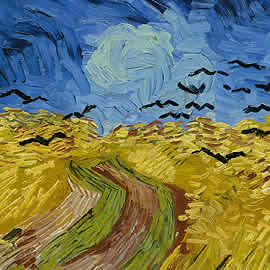
Van Gogh and Cézanne made little impact on the public mind during their lifetimes - the British art world remained in thrall to the academic art of the nineteenth century and the French and Britsh Impressionists. Both were rebels with art as their cause - Van Gogh painted quickly, exploiting the power of vibrant colour to express his emotions. Cézanne's analytical approach led him to ponder each and every brushstroke. Neither sold much in their lifetime - only their artist friends appreciated the changes they brought into being.
In this morning salon, art historian Julia Musgrave looked at the impact of friends, dealers and fellow artists in changing the work of these two great artists' from unsold to blockbuster in the early years of the 20th century.
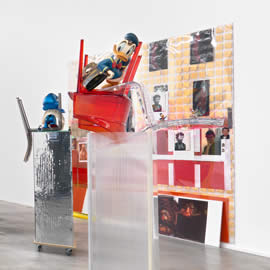
Art historian Ali Cohen took us on a gallery crawl of London's Mayfair blue-chip galleries where - to tie in withFrieze London - galleries respond by exhibiting the art world’s best in show
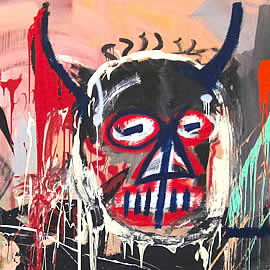
From New York street artist to auction-house darling, Basquiat lived fast and died young. But what he accomplished in his short life put the New York 1980s art scene on the global map.
In this evening event at London's Hospital club writer and art historian Marie-Ann Mancio explores the art and contemporary buzz of the legacy-making graffiti artist and street-urchin who played with Warhol, dated Madonna and died of a drug overdose at 27.
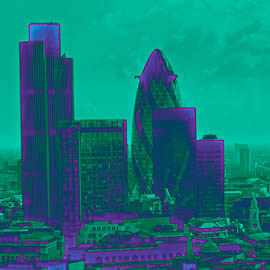
The Gherkin, Scalpel, Walkie Talkie, Cheesegrater… For our second architectural walking tour with charming Blue Badge Guide Gavin Webb, we explored the skyline of the City of London.
On this morning tour, Gavin helped us understand why these striking skyscrapers look the way they do as we discussed style and design considerations and explored how recent technological advances are shaping the buildings of the future.
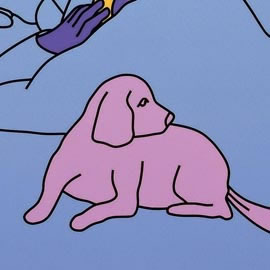
It’s easy to spot the difference between contemporary and historical art, but it’s more intriguing to uncover what they have in common. Can the Old Masters help us understand works such as 'the pile of bricks' and 'the unmade bed'?.
In this morning session - in time for Frieze London - artist photographer and National Gallery lecturer Aliki Braine took on controversial contemporary works of art and questioned whether artists' intentions have really changed much across the centuries.
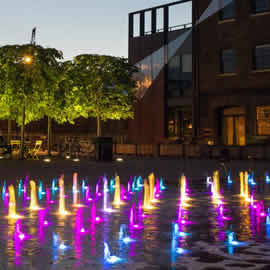
The area around King's Cross has been transformed from an under-utilized dark streets and industrial spaces to a thriving cultural, retail, residential and educational centre. We started by examining the the Victorian engineering which created King's Cross and St Pancras stations and then went north to the amazing urban project that is London's newest and most inspiring ‘it’ neighbourhood.
On this morning tour with the charming and knowledgeable Blue Badge guide Gavin Webb we discovered the romantic tales of King’s Cross and St Pancras train stations, from early engineering feats to today’s cluster of upscale ‘foody’ restaurants, edgy art spaces and gentrified canal walks.
Our guests wrote: "It really was a great voyage of discovery. So interesting. A city within a city. Looking forward to the next outing with you!"
"A huge thankyou for fabulous tour around King’s Cross yesterday. My friend and I thoroughly enjoyed your presentation, time management and quirky anecdotes."
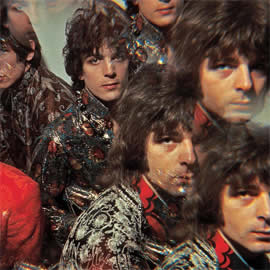
Taking the V&A’s exhibition Pink Floyd: Their Mortal Remains as the starting point, fashion historian Amber Butchart looked at the close relationship between countercultural music, style and politics in the 1960s and 70s.
Looking at various subcultural movements of the post-war era, Amber tracked the styles of the street and stage that became catwalk staples, considering ‘resistance’ in dress, the ‘peacock revolution’, new modes of shopping, and the long legacy of subculture and street style that has formed an invaluable backstory to the fashion industry of today.
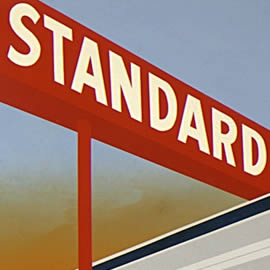
Race, gender politics, war and a financial crash… It could be today’s news, but these were the themes of the 2017 blockbuster show at the British Museum American Dream: pop to the present.
We heard some of the back stories to the exhibition as author Marie-Ann Mancio explored five decades of America’s most iconic artists from pop legends Andy Warhol and Roy Lichtenstein, to individualists Robert Rauschenberg and Jasper Johns, through today’s newsmakers Kara Walker and Julie Mehretu.

Avant-garde painter, designer, decorator, inspired colourist, mother and muse, Vanessa Bell was the warm heart of the Bloomsbury Group, a set who Dorothy Parker once described as “living in squares and loving in triangles”.
Navigating the tides of sexual and artistic revolution with tolerance, irreverence and wit she had a central role in the social and aesthetic life of Bloomsbury; alive to their love affairs, romances, passions and pleasures, and refreshingly uninterested in politics. She was the sister of the writer Virginia Woolf, wife of the critic Clive Bell, and counted the painter Roger Fry and the artist Duncan Grant among her lovers.
Her Bloomsbury Group connections and their associated scandals have perhaps lessened the fame of her work - in this morning lecture art historian Julia Musgrave asked: was Vanessa Bell the painter as radical as Virginia Woolf the writer?
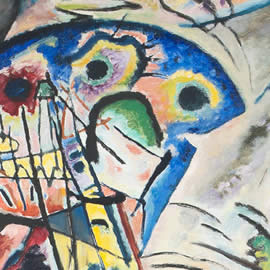
A century after the 1917 October Revolution, this turning point in Russian history remains a major event in modern consciousness.
In her exciting talk, the curator of the upcoming Royal Academy landmark exhibition Revolution: Russian Art 1917 – 1932, Natalia Murray, looked at the role of art in a classless society without an art market. Against the background of Russian Modernists Chagall, Kandinsky and Malevich, she considered the question: was art useful for the socialist revolution or was the revolution useful for art?
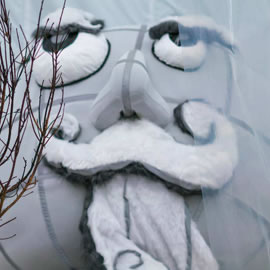
As luxury fashion boutiques and rising rents push galleries out of Mayfair, Fitzrovia is one of several areas to benefit. There are now many respected galleries north of Oxford street, with a particular focus on international dealers and artists. Art historian Ali Cohen took us on a gallery crawl of the area to see what contemporary artists are creating, including art from Russia and Africa.
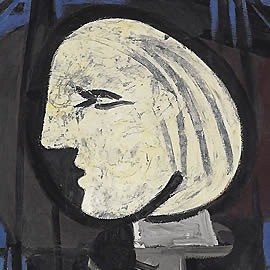
Only Picasso is as famous for changing lovers as often as he changed his painting style. Author and art historian Patrick Bade took us through Picasso’s portrait styles; from friends to mistresses, from muses to great art.
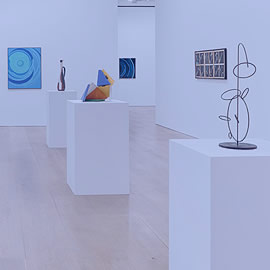
A morning visit to some Mayfair-based contemporary art galleries with Ali Cohen to see and experience what was on show.
Guest feedback: ‘It was great being able to swish into those intimidating galleries under your wing!'

Caravaggio's paintings inspired many artists during his lifetime and would go on to influence many more, from Orazio Gentileschi to Peter Paul Rubens, Gerard van Honthorst and Rembrandt. Each absorbed a different aspect of his work. His style spread across Europe and gave rise to the international movement known as ‘Caravaggism’.
Yet for many, Michelangelo Merisi da Caravaggio is famed as much for his art as for his criminal record. Was it the violence of his times or his own violent spirit that inspired the dramatic lighting and intense naturalism of his work? Art historian Julia Musgrave took us through the dramatic incidents of the artist's life and why his influence spread so far.
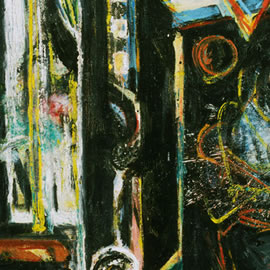
Their paintings command hundreds of millions of pounds at auction, their exhibitions have queues of hundreds of visitors at museums, and they were unwitting propaganda tools of the CIA. Jackson Pollock, Mark Rothko, Willem de Kooning - who were these bad boys of Abstract Expressionism?
In time for the Abstract Expressionism show opening at the RA we joined art historian and writer Marie-Anne Mancio to find out.
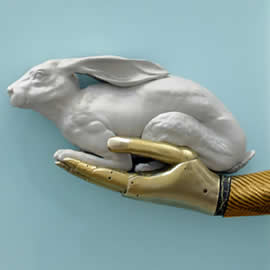
What are the essential things to know when looking at contemporary art, visiting galleries and art fairs, and discussing new works?
Frieze London is one of the world's leading contemporary art fairs, bringing art from around the globe to a purpose-built tent in Regent's park for just four days. It's an occasion seized upon by art galleries, museums and private art ventures across the capital to put on exciting and innovative shows and events.
In the week preceding the biggest contemporary art event of the year, independent curator and writer Ellen Mara De Wachter revealed some of the secrets you need to know about how contemporary art works in London, and introduce the practice of some of the most exciting young artists in the city today.
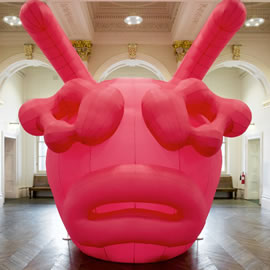
Think of HIV and AIDS and you might end up feeling frustrated and powerless. Our speaker, artist and curator John Walter recognizes that these feelings do not help people engage or empathise with what remains a challenging societal crisis.
Set against his recent large-scale installation Alien Sex Club, John employs humour, colour and hospitality to generate new avenues of discussion. Also explored are the work of artists Felix Gonzalez-Torres, Keith Haring, Elmgreen & Dragset.
This lively talk looked at how different aesthetic approaches such as activism and cruising have responded to subjects no one really wants to talk about. Can art free up the conversation?
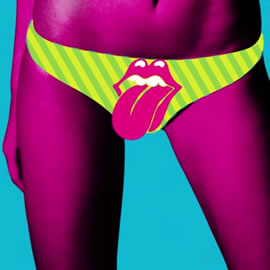
The Saatchi Gallery show Exhibitionism: Rolling Stones opened April 2016. Taking over the entire two floors of the Saatchi Gallery with 9 thematic galleries, EXHIBITIONISM combines over 500 original Stones' artefacts, with striking cinematic and interactive technologies offering the most comprehensive and immersive insight into the band's fascinating fifty year history.
The London Art Salon invited Tate Modern’s Linda Casey to celebrate the rock and roll Hall of Famers with an evening talk about the personalities, album covers, and tales surrounding Britain’s favourite rockers.
One guest wrote: "Linda was an amazing speaker, so funny and engaging."
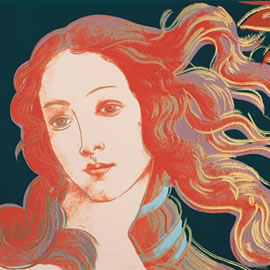
“From a Botticelli-themed dress by Dolce and Gabbana that Lady Gaga wore for her Artpop tour, to a clip of Ursula Andress emerging like Botticelli’s Venus from the waves in the 1962 Bond film Dr No, this bold exploration of a great artist’s afterlives trawls far and wide through popular culture.” said The Guardian, about the exhibit Botticelli Reimagined, at the V&A in 2016.
Christie’s art historian Andrew Spira explored the disppearence and rediscovery of Renaissance genius Sandro Botticelli and his influence on the artists that re-discovered him in the 19th and 20th century.
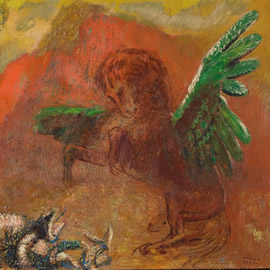
Romantic painter Eugène Delacroix may have shocked the 19th century art world with his harem massacre scene Death of Sardanapalus, but many subsequent artists appreciated his swift brush strokes, swirling colours and taste for the exotic.
In this morning talk author, art historian and raconteur Patrick Bade pulled the links together to help us understand just why Delacroix was such an influence on Degas, Gauguin, Vincent van Gogh and Matisse, and many others.